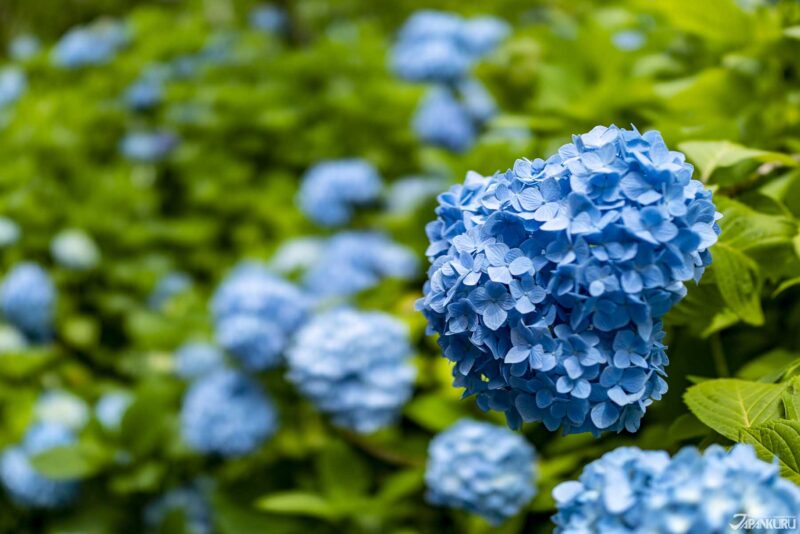
CONTENTS
Like the spring sakura, Japan’s summer flowers are just waiting to be enjoyed on a sunny summer outing!
The seasonal beauty of nature is a big part of Japanese culture, and plenty of Japanese traditions and celebrations revolve around the changing of the seasons, including all the joys of Japan's sunny, humid summer. One of the most famous of the country's seasonal traditions is hanami (花見), which is thought of as a spring event, and the word is frequently translated into "cherry blossom viewing" in English. But really, hanami means "flower viewing," and people around Japan actually enjoy hanami all throughout the year! Spring picnics under the cherry trees are lovely, but so are summer strolls through the tall sunflower stalks, and adventures to the lavender fields of Japan's north. So if you're in Japan and ready to enjoy the summer, don't worry about missing cherry blossom season – here are a handful of other great ways to make the most out of the summer and all the natural beauty it has to offer!
① Azaleas (つつじ) ・ May
On the edge of spring and summer, the May blooming season of Japan's azaleas is not only ideal for any travelers who are disappointed to have missed the year's cherry blossom – it's also an ideal time to enjoy the warm weather in Japan before it gets humid! Azaleas have been popular decorative plants in Japan for a long time, and there's evidence to show that the flowers have been cultivated in Japan and China before they became common in Europe! To this day, the bright, bold flowers bloom in vivid pinks and reds in Japanese gardens and parks, signaling the end of spring and the coming of summer.
While there's no one go-to azalea spot in Japan, there are plenty of famous gardens that feature the colorful flower bushes, like Hakone's colorful Hotel de Yama garden, and the azalea fields of Yahata. In among the mountains and hot springs of the Nasu area of Tochigi Prefecture, the Yahata Azalea Park is filled with azalea bushes so tall that they tower overhead, dwarfing passersby with clouds of vibrant pink petals. Plus, the Nasu area is a relaxing onsen retreat not far from Tokyo.
Yahata Azalea Fields (八幡ツツジ群落)
Yumoto, Nasu, Nasu District, Tochigi
② Hydrangeas (アジサイ) ・ June
Walk into any Japanese stationery store in May or June, and you'll find a whole shelf of cards decorated with the pretty pinks and periwinkles of Japan's hydrangeas, which are such an iconic symbol of the season that they dominate the season's greeting cards. Not only do they signal the start of summer, but hydrangeas are an innate part of Japan's rainy season. At the beginning of the summer, Japan experiences a series of extra drizzle-filled weeks, and the hydrangeas petals glisten in the rain as a bright point during a somewhat dreary part of the year.
Many of the most popular hydrangea viewing spots in Japan are on the grounds of religious sites, in shrine gardens and surrounding Buddhist temples. In Tokyo, Takahata Fudoson Kongo-ji Temple and Hakusan Shrine each draw crowds each summer, but the two spots are minor players compared to the hydrangea spots found in Kamakura and the neighboring island of Enoshima, where sightseers flock to Hasedera Temple (above), Meigetsuin Temple, Jojuin Temple, and many more local spots filled with the pretty pastels of hydrangea bushes.
Kamakura (鎌倉) / Enoshima (江ノ島)
Kamakura Station, 1-15 Onarimachi, Kamakura, Kanagawa
③ Lavender (ラベンダー) ・ July
While there are certainly no rules restricting the growth of lavender around Japan, there's no denying that the fragrant flowers have become a symbol of Japan's northernmost island, Hokkaido. Long after the enormous rush of travelers who arrive in Hokkaido to see the piles of sculpted snow and winter events, summer brings a smaller wave of sightseers, who come to Hokkaido for grassy meadows, the cool breeze, and fields of neatly tended lavender, which cover the gently rolling hills. Locals in Hokkaido started growing lavender more than a century ago, after learning that the climate would suit the purple plant, and the industry swelled after World War II as the area provided materials for Japanese fragrance manufacturers. Eventually, industrialization ended up putting an end to the agricultural cultivation, shrinking the lavender fields and the scale of the industry, turning it all into a tourist attraction – still quite popular to this day.
For the full Hokkaido lavender experience, top of the list is the little city of Furano, affectionately nicknamed "Japan's Provence." The city has a number of lavender farms, including the popular Farm Tomita. For a limited time every summer, JR opens "Lavender Farm Station" and runs a special train line out to Furano, so visitors can take in the waves of purple flowers, taste the local lavender ice cream, and pick up plenty of lavender products to bring home and share the soft scent of the flowers.
Farm Tomita (ファーム富田)
15 Kisenkita, Nakafurano, Sorachi District, Hokkaido
④ Sunflowers (ヒマワリ) ・ July ~ August
Sunflowers first arrived in Japan back in the early 17th century, but the Edo-era (1603-1868) residents of the country actually responded without much enthusiasm for the big, bright flower. At the time, Japanese aesthetics favored little, dainty things, and the sunflower's bright yellow petals and large size were far too showy and bold to be tasteful. But times changed, and the sunny face of the sunflower quickly won over the hearts of the people. By the 1666 publication date of Japan's first illustrated encyclopedia, sunflowers were actually referred to as a popular plant! The book only helped to spread the flower's popularity, and now sunflowers truly are popular around Japan, often planted in enormous fields for sightseers to visit and freely wander through.
When it comes to a flashy flower like the sunflower, more is more, which has inspired the creation of attractions like the 2019 Sunflower Kingdom at APA Resort Joetsu Myoko, where "gardening magician" Kazuyuki Ishihara planned out a spectacular attraction with 27 different kinds of sunflower, and a million plants in total. Future openings of the Sunflower Kingdom are unclear, but travelers can still find sunflower fields all over Japan, particularly in Hokkaido and Yamanashi.
⑤ Fireworks!? (花火) 🎆 July ~ September
If you found fireworks on this list of summer flowers and wondered if the Japankuru team might be going a little crazy in the summer heat, then we've got a little Japanese lesson for you! The Japanese word for fireworks is "hanabi" (花火), which literally means "flower fire." Imagine the colorful explosion of a classic firework, and it's hard to deny the similarity. Each explosion looks a little like a chrysanthemum blooming in the night sky! So when the sun sets and the gardens close, one of Japan's popular summer fireworks festivals is the perfect place to go "flower viewing" in a whole new way.
Fireworks displays are a part of the summer, no matter where you are in Japan, but some are bigger and more famous than others! Those in the Tokyo area should think about checking out events like the Adachi Fireworks Festival, Sumida River Fireworks Festival, or the Tateyama Fireworks Festival – where over 10,000 fireworks are set off over Tateyama Bay, in Tokyo's neighboring prefecture of Chiba.
Which Flowers Will You Search Out This Season?
From the little purple blooms of hydrangeas and lavender, to the outsized excitement of a "fire flower" spreading its petals in the night sky, the Japanese summer is filled with just as many beautiful sights as the spring. So as things heat up this year, and the warm sunny weather beckons you out into the open air, what flowers will you be seeing this summer?
For more info and updates from Japan, check Japankuru for new articles, and don't forget to follow us on Twitter, Instagram, and Facebook!
COMMENT
FEATURED MEDIA
VIEW MORE 
A New Tokyo Animal Destination: Relax & Learn About the World’s Animals in Japan
#pr #japankuru #anitouch #anitouchtokyodome #capybara #capybaracafe #animalcafe #tokyotrip #japantrip #카피바라 #애니터치 #아이와가볼만한곳 #도쿄여행 #가족여행 #東京旅遊 #東京親子景點 #日本動物互動體驗 #水豚泡澡 #東京巨蛋城 #เที่ยวญี่ปุ่น2025 #ที่เที่ยวครอบครัว #สวนสัตว์ในร่ม #TokyoDomeCity #anitouchtokyodome

Shohei Ohtani Collab Developed Products & Other Japanese Drugstore Recommendations From Kowa
#pr #japankuru
#kowa #syncronkowa #japanshopping #preworkout #postworkout #tokyoshopping #japantrip #일본쇼핑 #일본이온음료 #오타니 #오타니쇼헤이 #코와 #興和 #日本必買 #日本旅遊 #運動補充能量 #運動飲品 #ช้อปปิ้งญี่ปุ่น #เครื่องดื่มออกกำลังกาย #นักกีฬา #ผลิตภัณฑ์ญี่ปุ่น #อาหารเสริมญี่ปุ่น

도쿄 근교 당일치기 여행 추천! 작은 에도라 불리는 ‘가와고에’
세이부 ‘가와고에 패스(디지털)’ 하나면 편리하게 이동 + 가성비까지 완벽하게! 필름카메라 감성 가득한 레트로 거리 길거리 먹방부터 귀여움 끝판왕 핫플&포토 스폿까지 총집합!
Looking for day trips from Tokyo? Try Kawagoe, AKA Little Edo!
Use the SEIBU KAWAGOE PASS (Digital) for easy, affordable transportation!
Check out the historic streets of Kawagoe for some great street food and plenty of picturesque retro photo ops.
#pr #japankuru #도쿄근교여행 #가와고에 #가와고에패스 #세이부패스 #기모노체험 #가와고에여행 #도쿄여행코스 #도쿄근교당일치기 #세이부가와고에패스
#tokyotrip #kawagoe #tokyodaytrip #seibukawagoepass #kimono #japantrip

Hirakata Park, Osaka: Enjoy the Classic Japanese Theme Park Experience!
#pr #japankuru #hirakatapark #amusementpark #japantrip #osakatrip #familytrip #rollercoaster #retrôvibes #枚方公園 #大阪旅遊 #關西私房景點 #日本親子旅行 #日本遊樂園 #木造雲霄飛車 #히라카타파크 #สวนสนุกฮิราคาตะพาร์ค

🍵Love Matcha? Upgrade Your Matcha Experience With Tsujiri!
・160년 전통 일본 말차 브랜드 츠지리에서 말차 덕후들이 픽한 인기템만 골라봤어요
・抹茶控的天堂!甜點、餅乾、飲品一次滿足,連伴手禮都幫你列好清單了
・ส่องมัทฉะสุดฮิต พร้อมพาเที่ยวร้านดังในอุจิ เกียวโต
#pr #japankuru #matcha #matchalover #uji #kyoto #japantrip #ujimatcha #matchalatte #matchasweets #tsujiri #말차 #말차덕후 #츠지리 #교토여행 #말차라떼 #辻利抹茶 #抹茶控 #日本抹茶 #宇治 #宇治抹茶 #日本伴手禮 #抹茶拿鐵 #抹茶甜點 #มัทฉะ #ของฝากญี่ปุ่น #ชาเขียวญี่ปุ่น #ซึจิริ #เกียวโต

・What Is Nenaito? And How Does This Sleep Care Supplement Work?
・你的睡眠保健品——認識「睡眠茶氨酸錠」
・수면 케어 서플리먼트 ‘네나이토’란?
・ผลิตภัณฑ์เสริมอาหารดูแลการนอน “Nenaito(ネナイト)” คืออะไร?
#pr #japankuru #sleepcare #japanshopping #nenaito #sleepsupplement #asahi #睡眠茶氨酸錠 #睡眠保健 #朝日 #l茶胺酸 #日本藥妝 #日本必買 #일본쇼핑 #수면 #건강하자 #네나이토 #일본영양제 #อาหารเสริมญี่ปุ่น #ช้อปปิ้งญี่ปุ่น #ร้านขายยาญี่ปุ่น #ดูแลตัวเองก่อนนอน #อาซาฮิ

Japanese Drugstore Must-Buys! Essential Items from Hisamitsu® Pharmaceutical
#PR #japankuru #hisamitsu #salonpas #feitas #hisamitsupharmaceutical #japanshopping #tokyoshopping #traveltips #japanhaul #japantrip #japantravel

Whether you grew up with Dragon Ball or you just fell in love with Dragon Ball DAIMA, you'll like the newest JINS collab. Shop this limited-edition Dragon Ball accessory collection to find some of the best Dragon Ball merchandise in Japan!
>> Find out more at Japankuru.com! (link in bio)
#japankuru #dragonball #dragonballdaima #animecollab #japanshopping #jins #japaneseglasses #japantravel #animemerch #pr

This month, Japankuru teamed up with @official_korekoko to invite three influencers (originally from Thailand, China, and Taiwan) on a trip to Yokohama. Check out the article (in Chinese) on Japankuru.com for all of their travel tips and photography hints - and look forward to more cool collaborations coming soon!
【橫濱夜散策 x 教你怎麼拍出網美照 📸✨】
每次來日本玩,是不是都會先找旅日網紅的推薦清單?
這次,我們邀請擁有日本豐富旅遊經驗的🇹🇭泰國、🇨🇳中國、🇹🇼台灣網紅,帶你走進夜晚的橫濱!從玩樂路線到拍照技巧,教你怎麼拍出最美的夜景照。那些熟悉的景點,換個視角說不定會有新發現~快跟他們一起出發吧!
#japankuru #橫濱紅磚倉庫 #汽車道 #中華街 #yokohama #japankuru #橫濱紅磚倉庫 #汽車道 #中華街 #yokohama #yokohamaredbrickwarehouse #yokohamachinatown

If you’re a fan of Vivienne Westwood's Japanese designs, and you’re looking forward to shopping in Harajuku this summer, we’ve got important news for you. Vivienne Westwood RED LABEL Laforet Harajuku is now closed for renovations - but the grand reopening is scheduled for July!
>> Find out more at Japankuru.com! (link in bio)
#japankuru #viviennewestwood #harajuku #omotesando #viviennewestwoodredlabel #viviennewestwoodjapan #비비안웨스트우드 #오모테산도 #하라주쿠 #日本購物 #薇薇安魏斯伍德 #日本時尚 #原宿 #表參道 #japantrip #japanshopping #pr

Ready to see TeamLab in Kyoto!? At TeamLab Biovortex Kyoto, the collective is taking their acclaimed immersive art and bringing it to Japan's ancient capital. We can't wait to see it for ourselves this autumn!
>> Find out more at Japankuru.com! (link in bio)
#japankuru #teamlab #teamlabbiovortex #kyoto #kyototrip #japantravel #artnews
Photos courtesy of teamLab, Exhibition view of teamLab Biovortex Kyoto, 2025, Kyoto ® teamLab, courtesy Pace Gallery

Japanese Makeup Shopping • A Trip to Kamakura & Enoshima With Canmake’s Cool-Toned Summer Makeup
#pr #canmake #enoshima #enoden #에노시마 #캔메이크 #japanesemakeup #japanesecosmetics

⚔️The Robot Restaurant is gone, but the Samurai Restaurant is here to take its place. Check it out, and don't forget your coupon!
🍣신주쿠의 명소 로봇 레스토랑이 사무라이 레스토랑으로 부활! 절찬 쿠폰 발급중
💃18歲以上才能入場的歌舞秀,和你想的不一樣!拿好優惠券去看看~
#tokyo #shinjuku #samurairestaurant #robotrestaurant #tokyotrip #도쿄여행 #신주쿠 #사무라이레스토랑 #이색체험 #할인이벤트 #歌舞伎町 #東京景點 #武士餐廳 #日本表演 #日本文化體驗 #japankuru #japantrip #japantravel #japanlovers #japan_of_insta

Japanese appliance & electronics shopping with our KOJIMA x BicCamera coupon!
用JAPANKURU的KOJIMA x BicCamera優惠券買這些正好❤️
코지마 x 빅 카메라 쿠폰으로 일본 가전 제품 쇼핑하기
#pr #japankuru #japanshopping #kojima #biccamera #japaneseskincare #yaman #dji #osmopocket3 #skincaredevice #日本購物 #美容儀 #相機 #雅萌 #日本家電 #일본여행 #면세 #여행꿀팁 #일본쇼핑리스트 #쿠폰 #일본쇼핑 #일본브랜드 #할인 #코지마 #빅카메라 #japankurucoupon

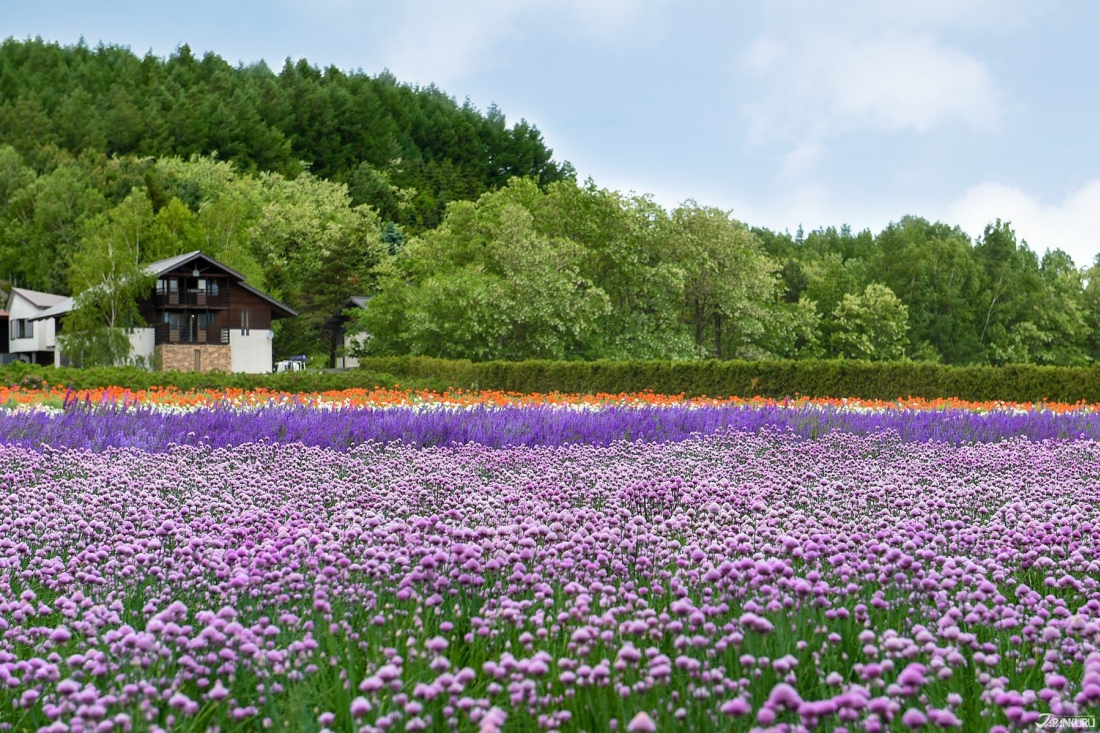
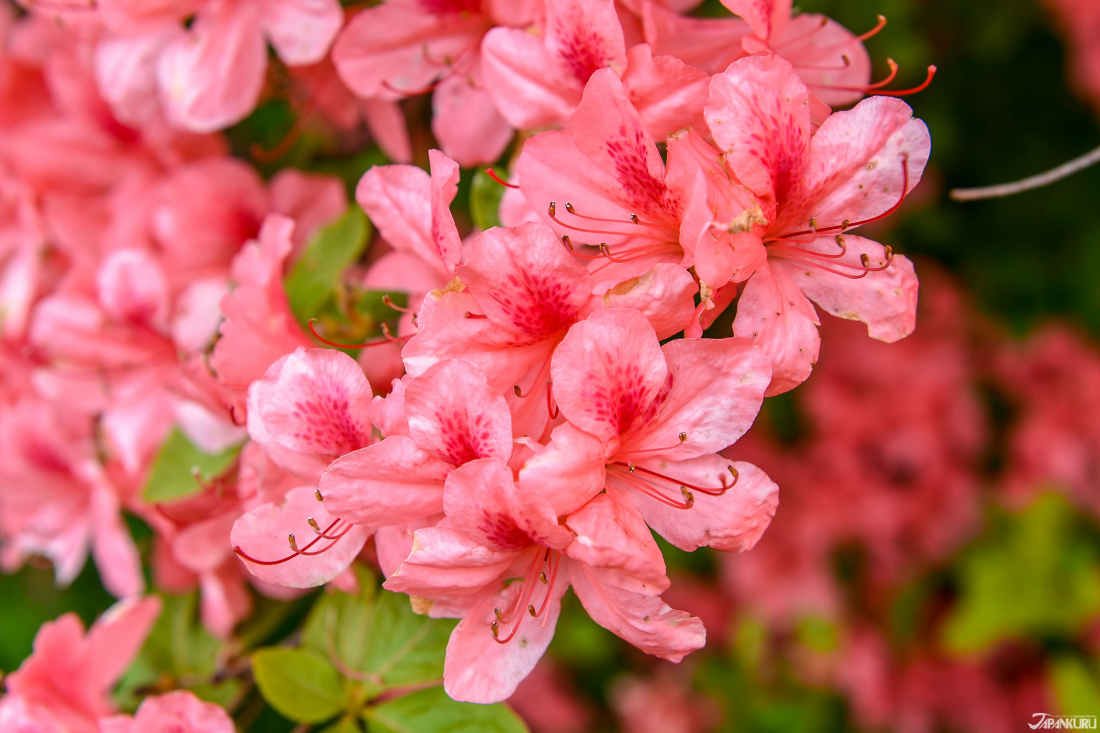

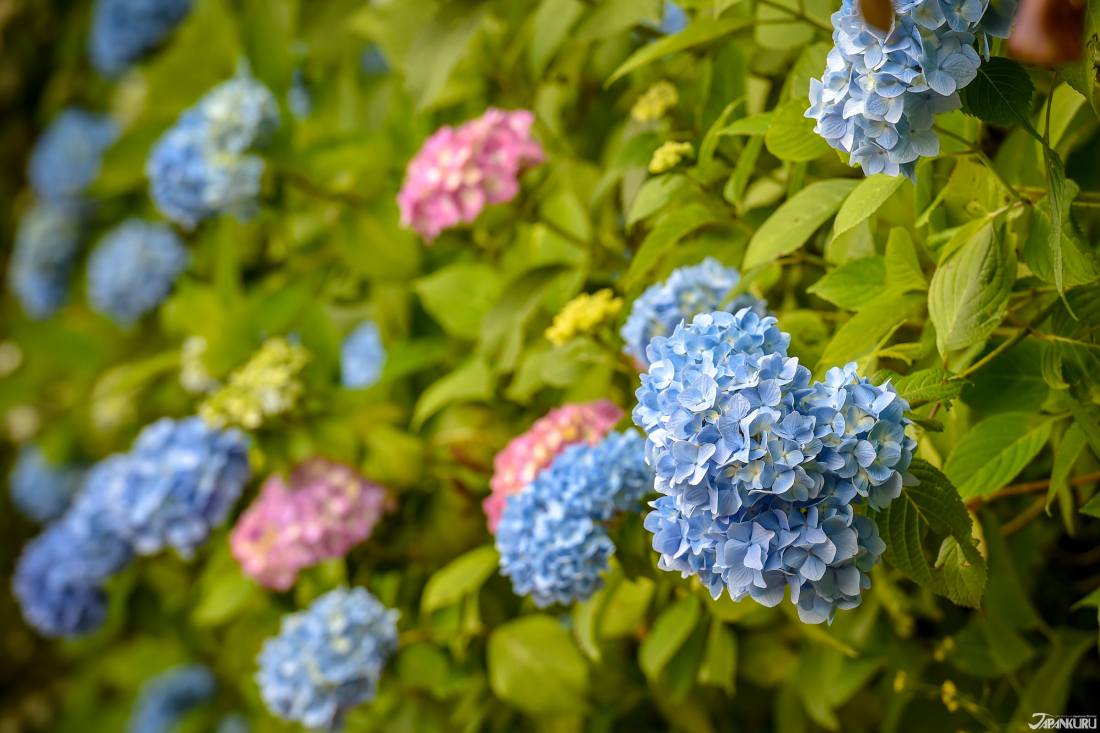


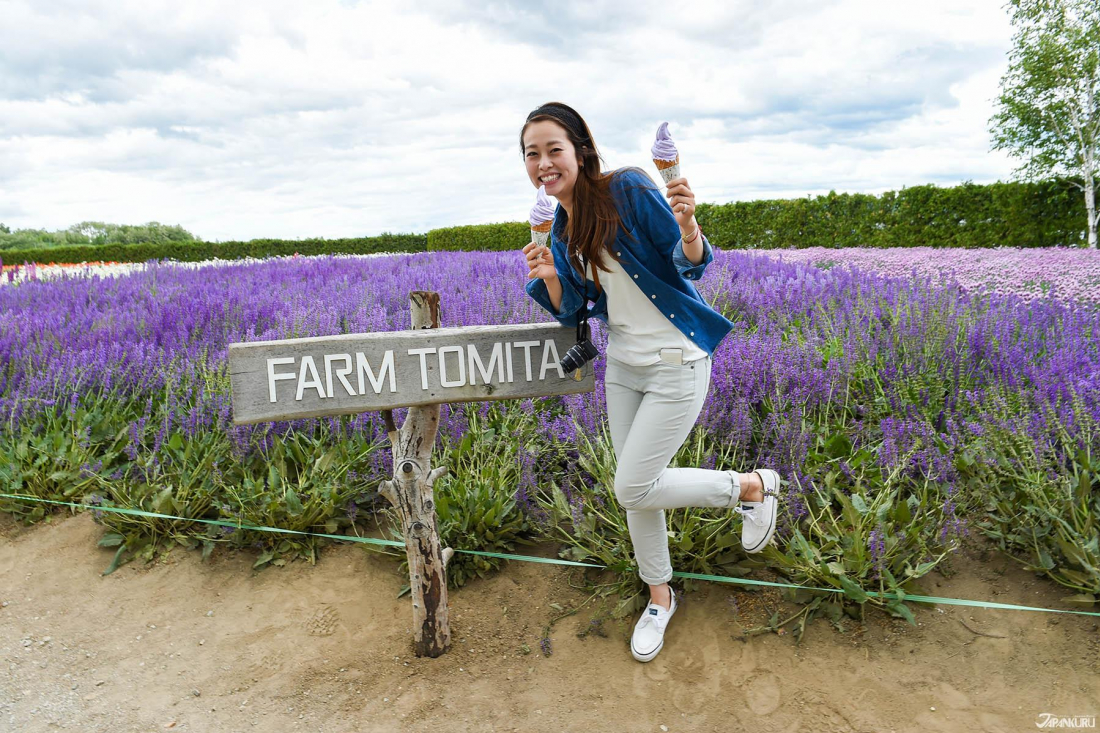
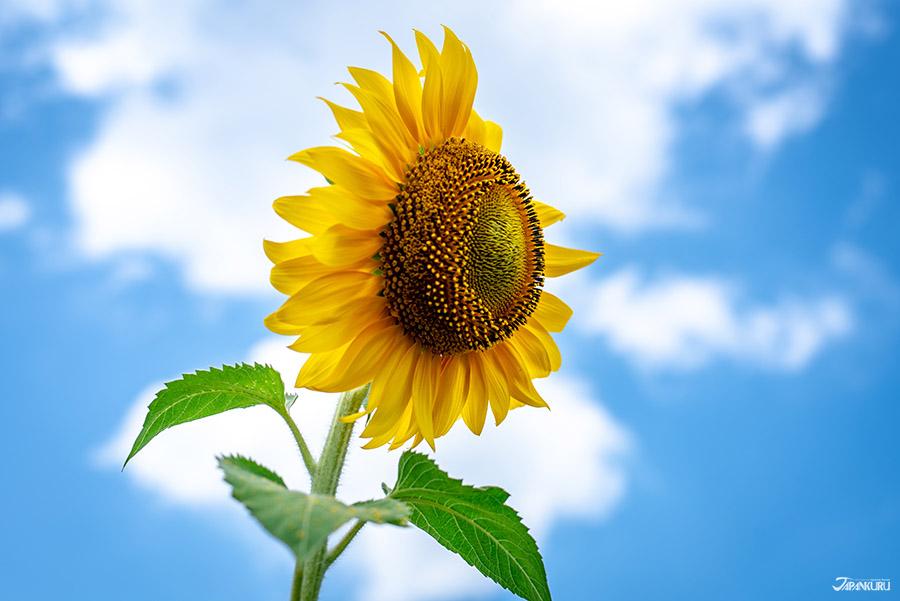















































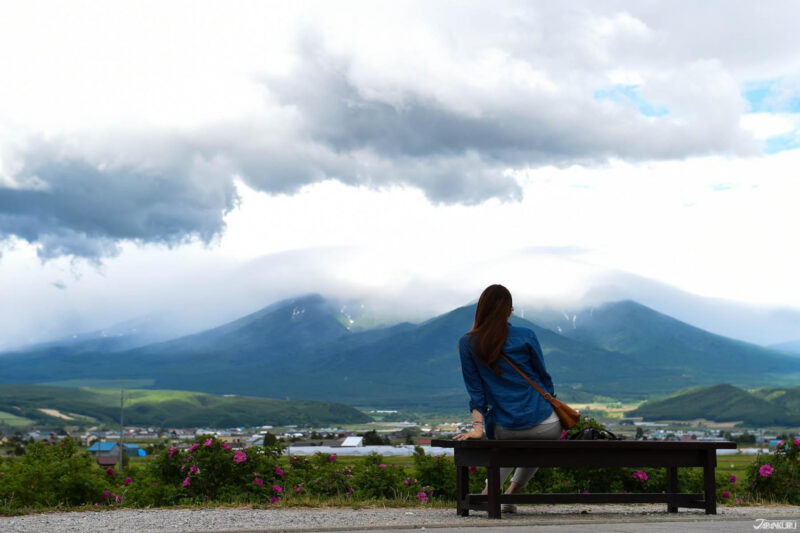
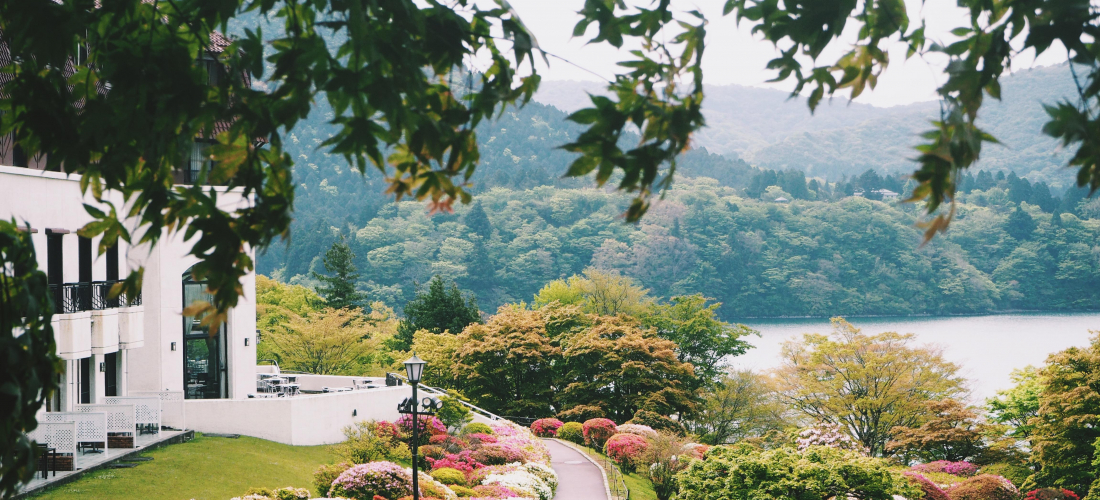
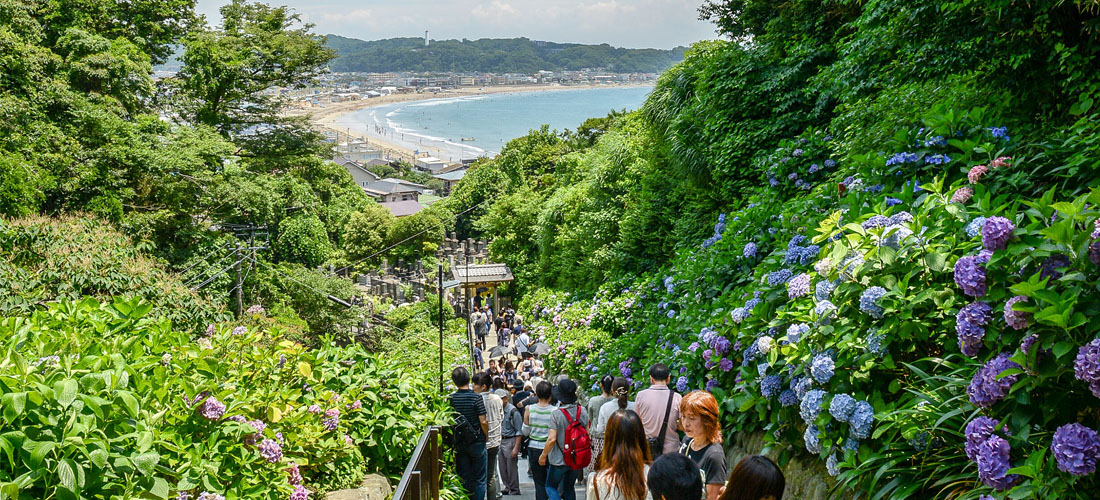
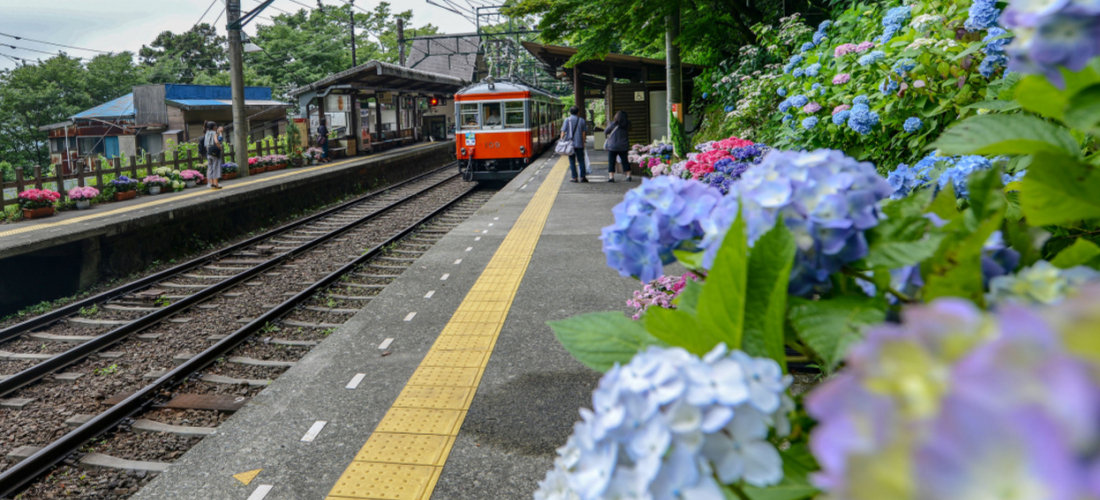
The scenery in Japan is truly beautiful, just like the scenes we see in anime films.